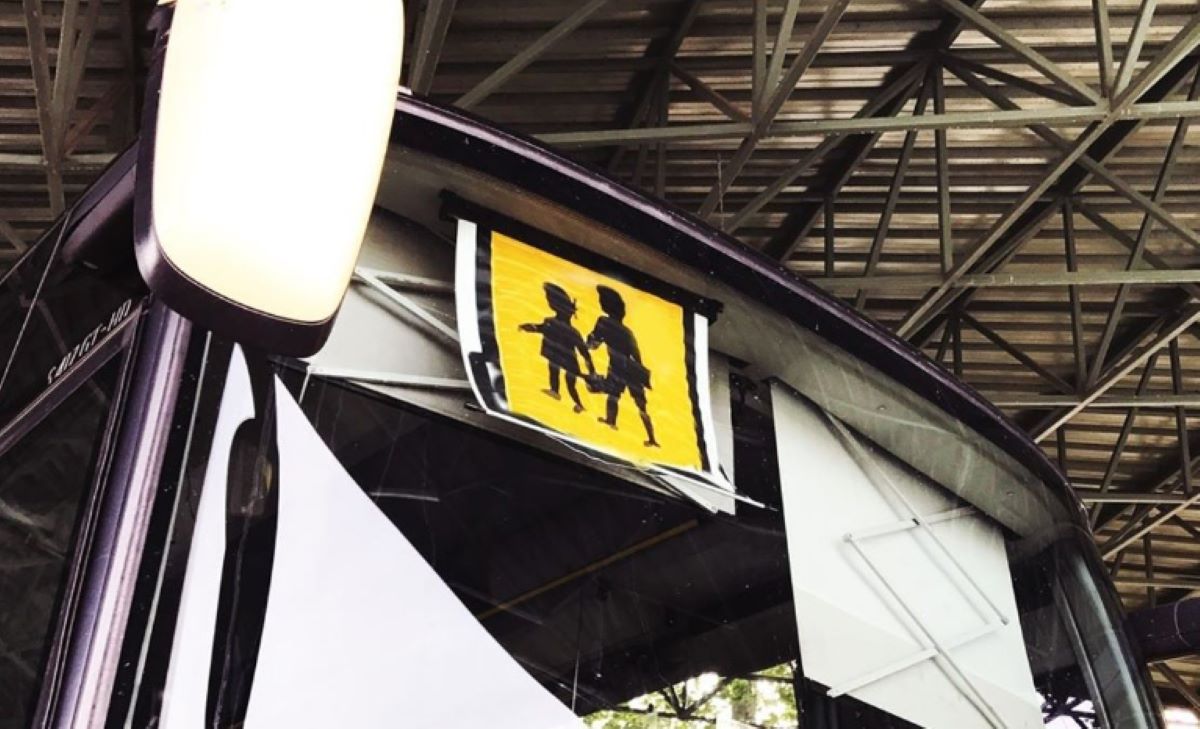The Challenge of Ensuring Child Safety in School Transport
As children head back to classrooms, a critical focus falls on the safety measures applied in school transportation. Although vehicles used for this purpose are fitted with seat belts, these safety devices often do not meet the specific needs of younger passengers, leaving their protection compromised.
Current Safety Shortcomings in School Transport Vehicles
Recent inspections by traffic authorities revealed some alarming trends. Nearly half of the school transport vehicles checked were found to violate one or more legal requirements. A significant proportion of these infringements relate to administrative issues, such as operating without the necessary special authorization or lacking mandated liability insurance.
Beyond paperwork, the technical aspect of safety is equally concerning. The majority of school buses still employ two-point seat belts—the same type that has been abandoned in cars due to safety inefficiencies. Even three-point belts, designed primarily for adult occupants, fail to provide adequate restraint for children under 135 cm tall.
Key Safety Statistics for School Transport
| Statistic | Percentage | Issue |
|---|---|---|
| Vehicles penalized during inspections | 45.1% | Violation of laws |
| Sanctions related to admin irregularities | 54% | Missing permits, insurance |
| School buses passing technical inspections on first try | 73% | Vehicle roadworthiness |
| Vehicles equipped with outdated two-point belts | 85% | Insufficient protection for kids |
Why Child Safety Restraints Matter in School Transport
Child restraint systems are not just accessories—they’re life-saving essentials. Regulatory frameworks mandate their use for children over three years old and under 135 cm in height. However, the law also allows substituting suitable seat belts if no approved restraint system is available, a loophole that has consequences for child safety.
Experts stress the urgent need to revise this outdated approach. Current seat belts, primarily designed for adults, can fail to secure young passengers effectively during sudden stops or accidents. The importance of harmonizing regulations for school transport safety to match those in private passenger vehicles can’t be overstated.
Upcoming International Standards to Improve Safety
The United Nations now has a working group focused on strengthening the safety standards for children traveling in buses and coaches. Their efforts aim to create regulations that address the compatibility of restraint systems with the typical two-point belts found on most European school buses.
By as early as 2029, the goal is to implement child restraint systems in school transport vehicles that offer protection comparable to that in passenger cars, dramatically reducing the risk of injury.
Impact of Safety Improvements on Logistics and Transport Operations
Enhancing school transport safety will ripple through logistics and transportation sectors. Transport companies may need to modernize their fleets to comply with new regulations, potentially raising operational costs in the short term. However, the investment promises long-term benefits, including reduced liability, improved public trust, and enhanced safety records.
For logistics providers managing diverse cargo—from parcels to bulky freight—the emphasis on safety systems sets a precedent reinforcing the value of reliable, regulatory-compliant transport solutions. Platforms like GetTransport.com become especially valuable by offering economically efficient options that meet evolving safety standards while supporting varied transport needs such as moving office equipment, handling vehicle shipments, or relocating household goods.
Checklist: What Changes Are Needed in School Transport Safety Regulations?
- Mandatory use of approved child restraint systems for all children under 135 cm.
- Phasing out of outdated two-point seat belts on school buses.
- Standardization of safety requirements across all vehicles used for school transport.
- Regular, rigorous technical inspections to ensure compliance.
- Clear administrative oversight to verify proper permits and insurance are in place.
Looking Forward: Personal Experience Vs. Regulations
While regulations and expert reviews highlight critical safety needs, nothing replaces personal experience when it comes to confidence in school transport. Families naturally seek assurance their children are secure on every ride. Fortunately, GetTransport.com offers a transparent and user-friendly platform to book cargo transportation—including safe, reliable options for various haulage needs—globally, and at competitive rates. With such tools at hand, users can make smarter transportation choices without overspending or compromising on quality.
预订乘车 于 GetTransport.com to experience firsthand how straightforward and budget-friendly logistics can be.
In Summary: The Road Ahead for School Transport Safety and Logistics
Child safety in school transportation hinges on updating and enforcing regulations to mandate the use of appropriate restraint systems. Ensuring that every young passenger travels secured by systems tailored to their size is not just good practice—it’s a necessity. The international push to upgrade standards is promising and aligns with broader goals of enhancing logistics and transport reliability worldwide.
As changes roll out, transport companies and logistics providers will need to adapt, an evolution well supported by platforms like GetTransport.com that streamline arrangements for freight, parcels, bulky goods, and more, offering dependable and affordable solutions. The journey to safer, more efficient transport continues, and with the right tools, everyone can benefit from smoother shipments and safer rides.

 Urgent Call to Rethink School Bus Safety Rules to Protect Young Passengers and Improve Transport Efficiency">
Urgent Call to Rethink School Bus Safety Rules to Protect Young Passengers and Improve Transport Efficiency">